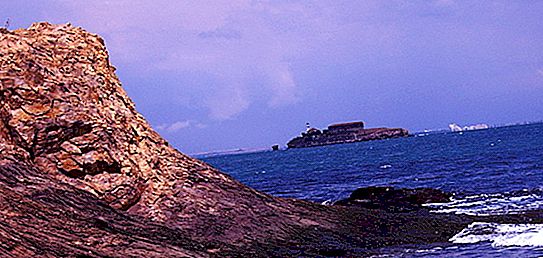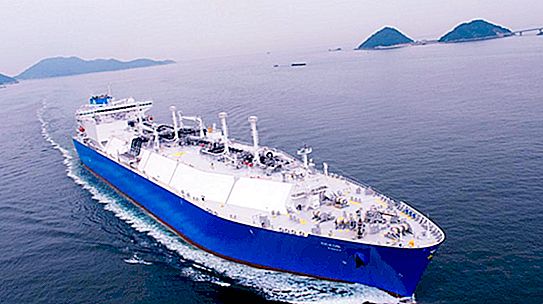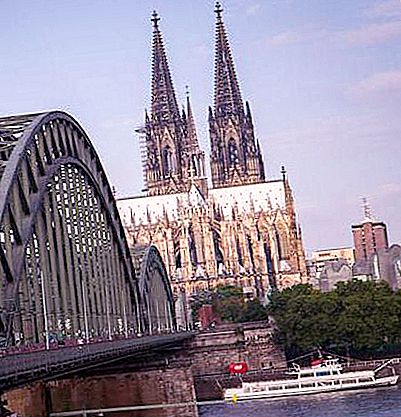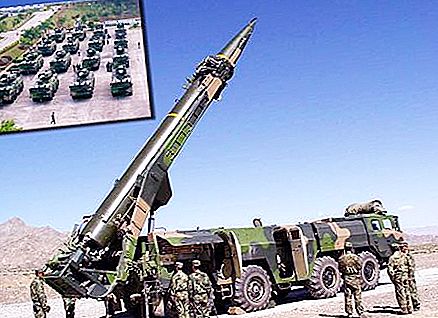Back in the 16th century, Russian merchants tried to pave the route from the Dvina to the East of the empire along the Arctic Ocean. At that time, the development of technology still did not allow to break through many-meter ice. The route could be laid only to the mouth of the Ob River. Today everything has changed. The Northern Sea Route has been used for over 100 years. The Arctic coast is actively developing, but new needs arise. Fierce competition forces us to look for new routes for transporting goods from Europe to the South-East and vice versa. And again, the Arctic Ocean is in the spotlight. There is growing interest in studying the corridor of movement of sea vessels along the northern coast of Russia.
Ushakov expedition
For centuries, seafarers tried to overcome the route from the Gulf of Ob to the Laptev Sea. The section of the route in the area of the cape remained irresistible until the beginning of the 20th century. It was only in 1913 that the Vilkitsky expedition first managed to explore this place and discover new land. The Vilkitsky Strait appeared on the map of the Russian Empire with the archipelago of the Land of Nicholas II, later renamed the Northern Land.
After the October Revolution, the young Soviet government began to pay much attention to the northern lands. An active exploration of the North began. Georgy Alekseevich Ushakov led a large, well-equipped expedition to the Severnaya Zemlya archipelago, he was faced with the task of describing the archipelago in detail. For the successful work of the expedition, much was done by the chairman of the Russian Geographical Society, Yuli Mikhailovich Shokalsky. The ocean in the north has become much closer thanks to his efforts.
Archipelago Severnaya Zemlya
The team led by two famous explorers of the north, Georgy Alekseevich Ushakov and his partner Nikolai Nikolayevich Urvantsev, worked for two years. During this time, the entire archipelago was fully described. The largest islands were named - Bolshevik, October Revolution, Komsomolets. The archipelago is separated from the mainland by the 130-kilometer Vilkitsky Strait. Beyond the Bolshevik island is the Shokalsky Strait, and further to the north - the largest island of the October Revolution. Still north of the strait of the Red Army and the island of Komsomolets with Pioneer. Then another strait, Belobrova, and the northernmost point of the island of Schmidt. In addition, the archipelago includes a number of smaller islands.

So, described in the Strait of Shokalsky island:
- Foundling with nearby Low, Sukhoi and Kid, as well as a series of Sailors.
- Pie.
- A group of two islands - Cats.
- In the very center of the strait - Watchdog.
- Coastal with Burugunny.
- A group of 7 islands is the Red Navy.
As well as Vilkitsky, the water area of the Shokalsky Strait is promising for shipping. Over 110 km, the width changes from 20 to 50 km. The smallest fairway depth is 55 m.
Climate
The average long-term temperature in the area of the Shokalsky Strait is kept at -14 ° С, however, in winter reach -47 ° С with gale winds reaching 40 m / s. Most of the precipitation falls in the summer and reaches its highest intensity significantly north of the strait. Coastal coasts during the summer time to thaw no more than 15 cm, permafrost begins below. Despite all the weather difficulties, modern icebreakers successfully overcome the route even in winter. Moreover, the possibility of circling the archipelago from the north along a deep-water route is constantly being explored. But this is a matter for the future.

In the meantime, modern icebreakers are capable of breaking through 40-meter corridors along the Southern route.





